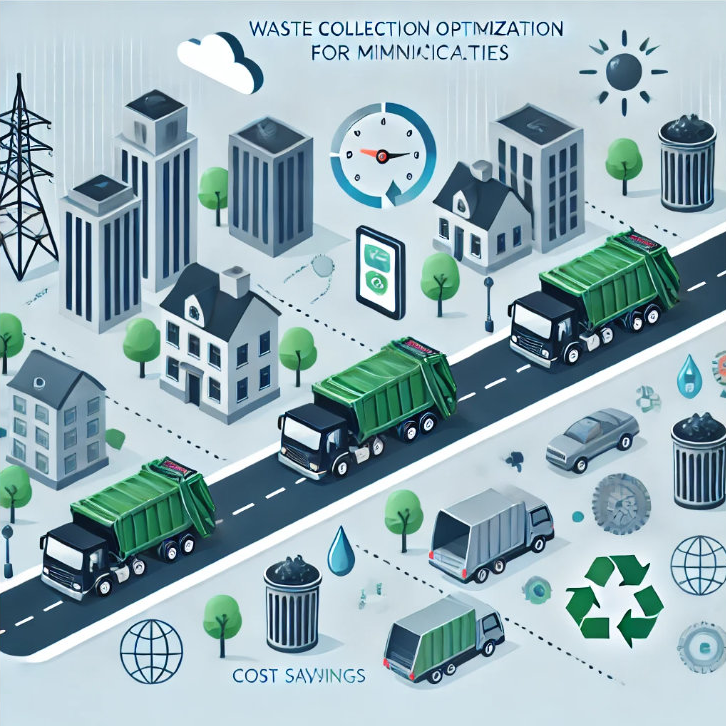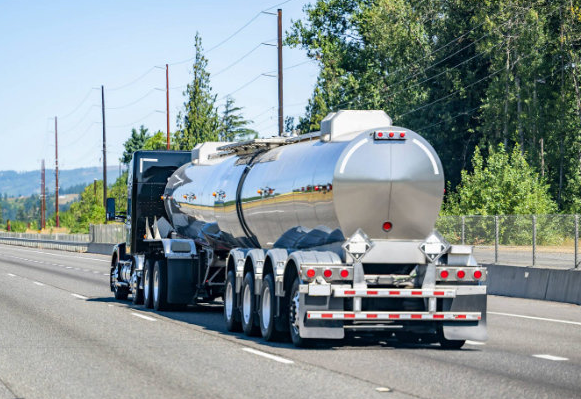Editor's Pick


How to Optimize Garbage Collection Activities of Municipalities? What are the Benefits?Municipalities fulfill their duty to protect both environmental and public health by collecting and cleaning thousands of garbage containers in their cities every day. However, route optimization is vital to the effective execution of these activities. A good vehicle route optimization plan not only improves operational efficiency, but also lowers fuel costs, reduces carbon footprint and increases resident satisfaction. So, why and how should municipalities use route optimization for garbage collection? What is Route Optimization? Route optimization is the process of determining the most efficient path between specific delivery, collection or service points. Why Do Municipalities Need Route Optimization?The main problems faced by municipalities in garbage collection activities are as follows: Every day, hundreds of garbage trucks are tasked with checking and collecting thousands of garbage containers across the city. Inadequate planning in these operations: Municipalities need to conduct garbage collection operations early in the morning and in the evening without heavy traffic. Therefore trucks to complete their work in the shortest possible time. Green logistics also encompasses municipalities' goals to reduce their carbon footprint. Route optimization means less fuel consumption and therefore lower carbon emissions. Customer satisfaction is also very important for city residents. Timely collection and cleaning of garbage containers creates a cleaner and more livable city environment.What Benefits Does Route Optimization Offer to Municipalities? Route optimization prevents each vehicle from traveling unnecessary distances. GPS tracking and fleet tracking technologies can monitor the real-time location of trucks and make instant route improvements. Using theroute planner allows refuse trucks to optimize their routes through the city, collecting more containers in less time. This makes it possible to work more efficiently in both morning and evening operations. Municipalities provide a more sustainable cleaning service by reducing carbon emissions. This improves the quality of life of city residents and creates an environmentally friendly image. Route management systems optimize the number of trucks required in the city. More cost savings can be achieved by using fewer trucks.Technology Integrated Optimization Real Data and Results from MunicipalitiesUsing route optimization applications, one municipality was able to reduce average daily fuel costs by 25%, while reducing garbage collection times by 30%. This not only increased the satisfaction of city residents but also minimized environmental impact. How to Optimize Garbage Collection Activities of Municipalities?
In another municipality, hazmat optimization made hazardous waste collection faster and safer. Withfield service optimization, employees in the field were managed more effectively and costs were brought under control.ConclusionRoute optimization in municipal refuse collection operations saves time, fuel and costs, while providing a cleaner and more livable environment for city residents. An integrated approach with route planning, logistics management, and fleet management technologies helps manage these processes effectively.
For cleaner cities and more efficient logistics operations, municipalities should continue to invest in route optimization.





